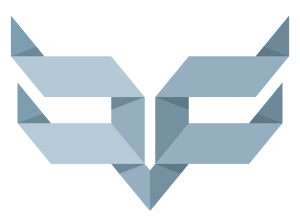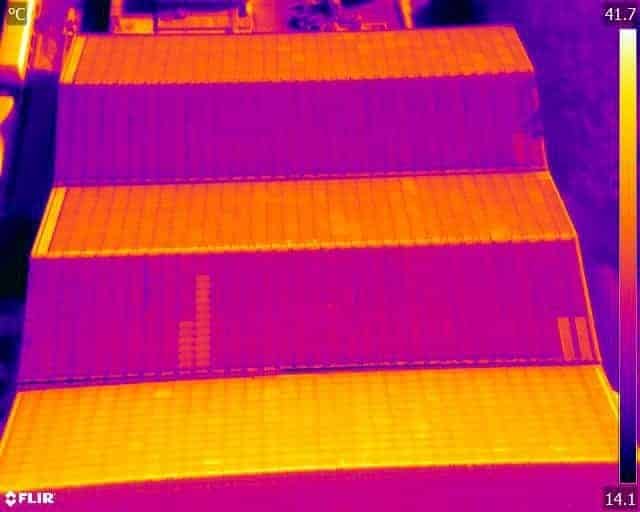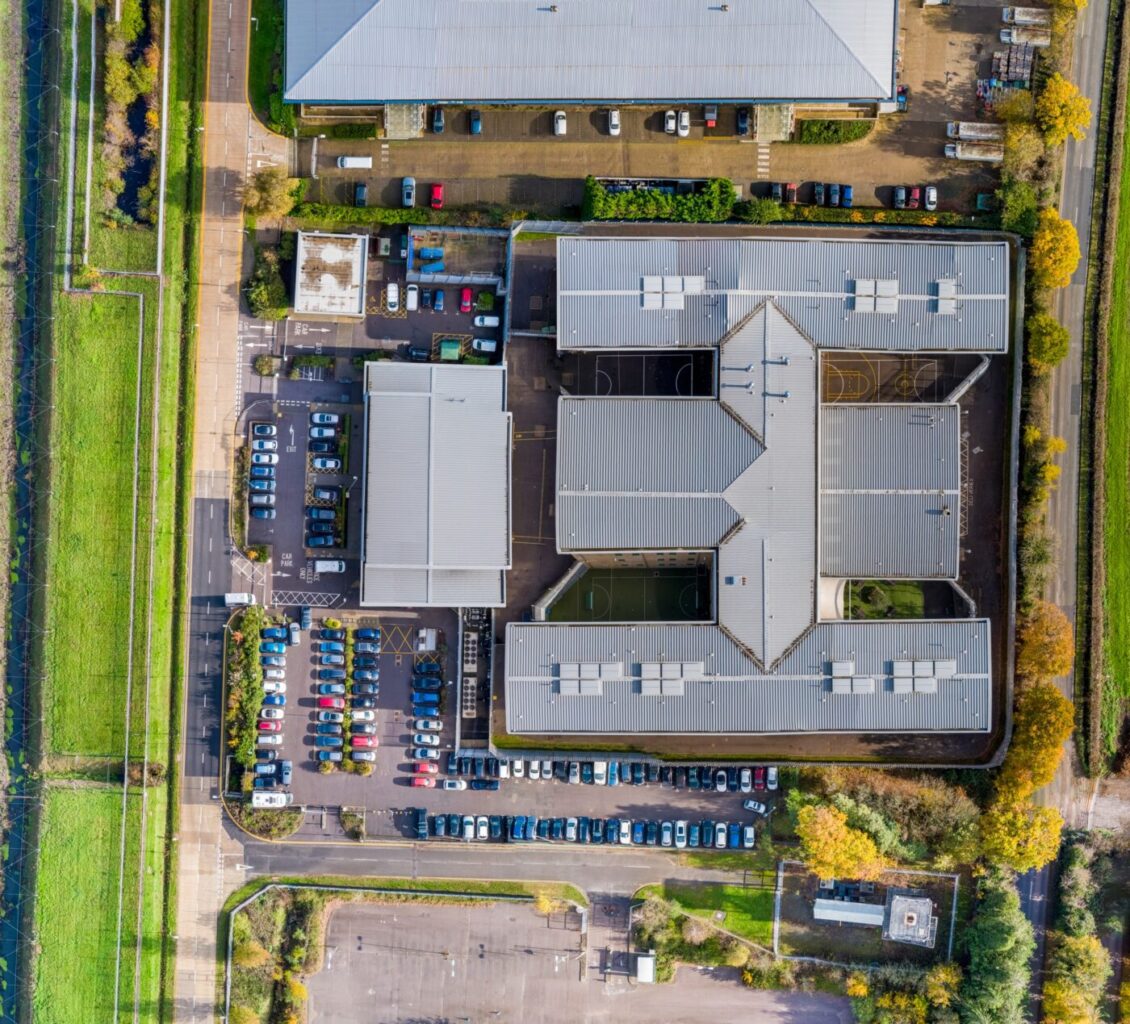
What Is Photogrammetry?
How Drone Photos Turn into 2D and 3D Surveys
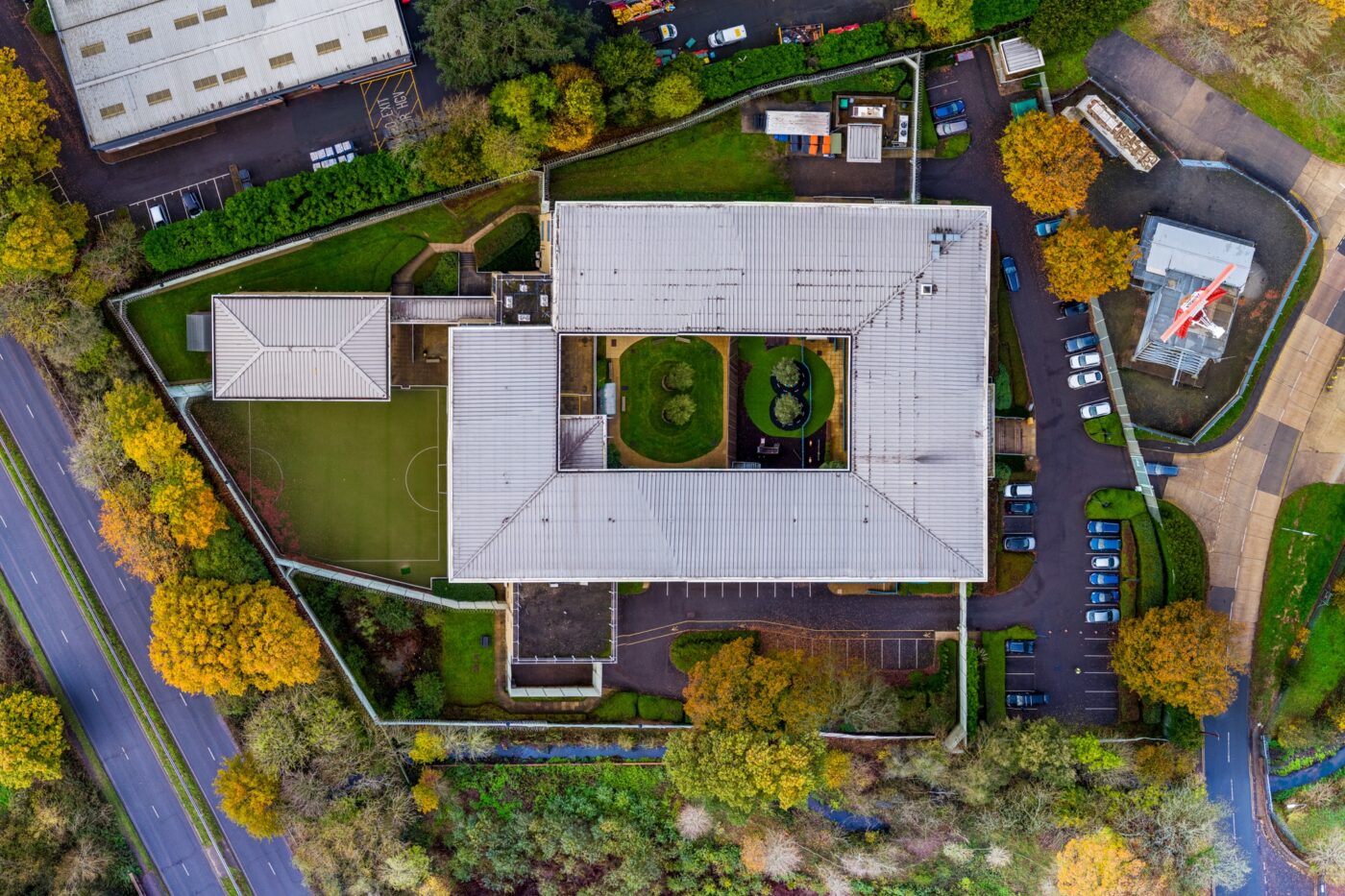
What is Photogrammetry?
“Photogrammetry” is a process for measuring actual distances through the study of photographs.
In aerial Photogrammetry, aerial digital pictures taken by drones are used to gather detailed physical information from the ground. Realistic and precise photo maps and 3D reconstructions of topographic surfaces are then generated by merging enough of these overlapping pictures into orthomosaic 2D stitched maps and 3D models accordingly.
With drone photogrammetry, precise GPS data and GIS expertise, specialists surveyors can utilise this technology to generate models for use in such environments as infrastructure, waste management, mining, and aggregate workflow processing, to name a few as there are a multiple of applications that drone photogrammetry can be used.
Humans use Photogrammetry When Looking at Objects
Photogrammetry can be understood when we consider what we do ourselves with our own eyes. The human eyes receive two distinct inputs at slightly different angles since our eyes are spaced apart. This is easily observed when placing a hand in front of one eye when looking at an object. The brain already knows the distance between our eyes and unites the two visual streams of information into a single viewpoint, which enables it to calculate the distance as well as the object’s form in three dimensions. The less depth awareness you have such as a covered eye, the more difficult it is to catch a ball!
How do you create effective and precise 2D & 3D drone surveys?
Drone pictures may seem two dimensional when first viewed, however, photogrammetry is able to analysis and translate these images into 2D & 3D site models with sufficient accuracy that the results can be used for real-world measurement and quantitative surveying purposes.
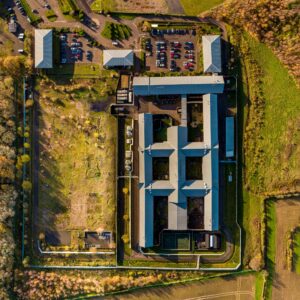
- a) high detailed aerial images (GSD);
- b) excellent ground control identification (GCP),
- c) photogrammetry science and processing software and
- d) accurate, calibrated and controlled image data capture.
Ground Sample Detail – GSD
Drone aerial surveying is capable of centimeter level ground coverage per camera pixel when using todays modern camera technology. In drone mapping projects, GSD is defined as the distance between the centers of two adjacent pixels measured on the ground. The calculation considers the camera focal length, the resolution of the camera sensor, and the camera’s distance from the subject and is usually described in centimeters per pixel (cm/px). The GSD is used to determine the photogrammetry calibration of the level of detail in the photographs taken by the drone, i.e. 5 cm/px means that one pixel in the image represents a 5 x 5 centimeter square (25 cm2) on the ground.
Ground Control Points – GCP
Ground control points are physical spots on the ground with known precise GPS coordinates. In a drone mapping survey, GCPs are points which the surveyor can precisely pinpoint or measure using survey equipment capable of capturing GPS/GNSS from satellite signals via a receiver and antenna. With a handful of known coordinates, it’s possible to accurately map large areas. GCPs can be anything that can be easily recognised in an aerial image and are typically a small section of black and white checkerboard. It is important that the GCP shape leaves little ambiguity about where the ‘center point’ of a ground control point actually is.
Photogrammetry Software
Software solutions such as that provided by Drone Deploy, PIX4D and Autodesk work by extracting the geometric/GPS information of a two-dimensional image and combining these pictures together by determining similarity at pixel level. To obtain these images, drones fly a grid mission with the camera typically shooting straight down (called NADIR) taking multiple images with sufficient overlap to ensure the software has significant similarity identified. Imitating the stereoscopy of the binocular human vision, and getting all the information of existing physical objects in the pictures, the software will be able to create a stitched two dimensional map or three-dimensional image.
Controlled and Managed Drone Flights
It is essential that the raw images collected by drones are captured in a controlled and managed fashion. The use of auto flight mission software ensure that the drone flight is managed using an appropriate grid formation and at a constant altitude, along with equal distance between image captures. Each image is encoded with the GPS position as well as the altitude (and exposure details) at an accuracy that will assist the processing software in placing the pictures together in open space. The images are taken at the same camera angle, usually straight down in a NADIR orientation but additionally raised upto if subject elevations and oblique angles are required to facilitate a 3D model.
Drone Aerial Photogrammetry Mapping
We are certified and approved drone pilots and work throughout the UK to provide both aerial and ground based photogrammetry surveys as well as photography, video/filming and thermography services. Fully insured and certified by the CAA with enhanced permissions for day and night time flights. Get in touch for a no obligation quotation or to discuss your project.
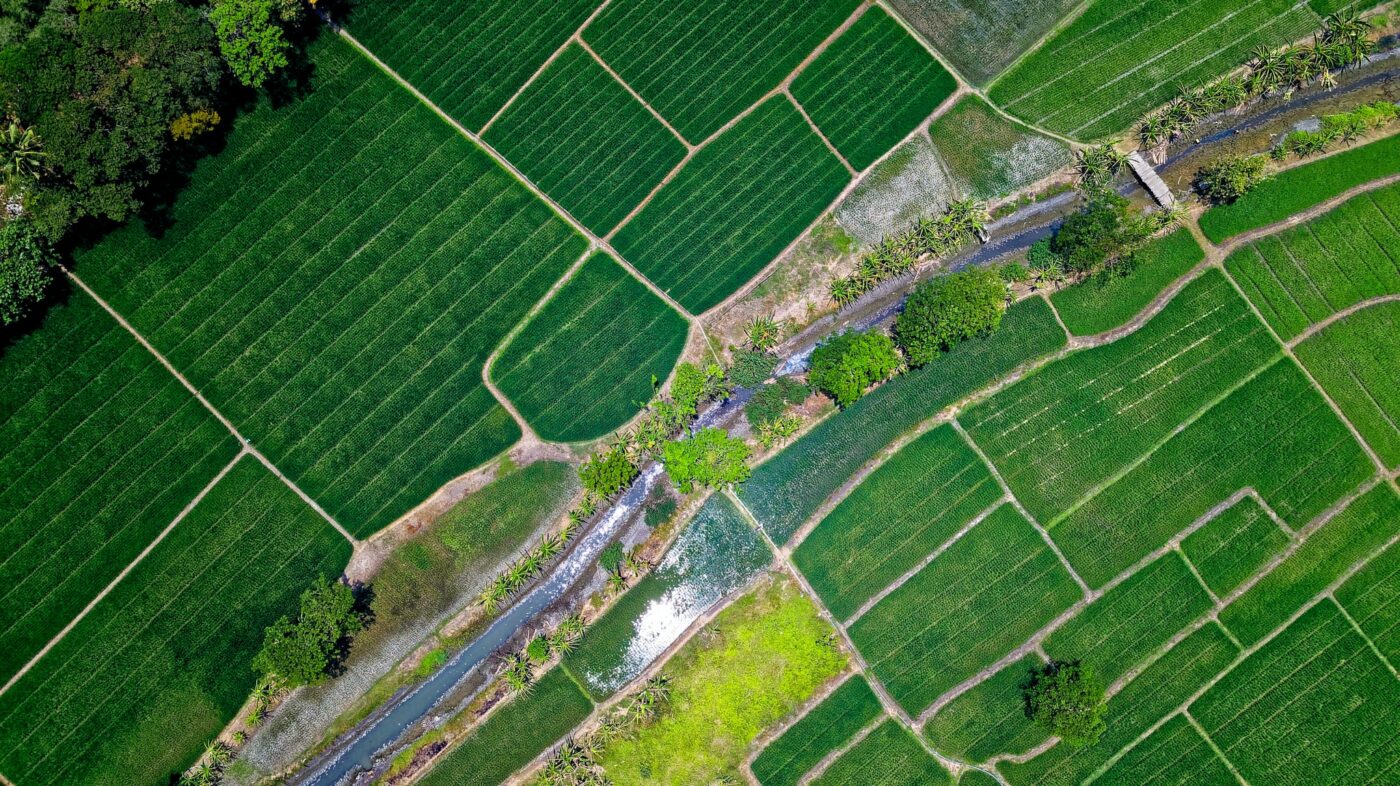
Expert Infrared Inspections for Accurate Thermal Assessments
Need professional thermographic analysis for your project? Our certified experts use the latest infrared technology to deliver precise results. Contact Drone Media Imaging today for expert thermal imaging services.
related posts
Pinpointing energy loss in buildings involves identifying hidden insulation defects, thermal bridges, and air leaks. A Level 3 Thermographer employs advanced thermal imaging to ensure precise diagnostics and compliance with energy standards, providing property owners with detailed reports for informed energy efficiency improvements and cost savings.
Ensure your solar panels are spring-ready with these 5 essential steps: 1) Pre-inspection planning, 2) Drone setup and calibration, 3) Aerial thermal imaging scan, 4) Data analysis and interpretation, and 5) Post-inspection maintenance. Utilize thermal imaging drones for efficient, accurate, and safe solar panel inspections this spring.
